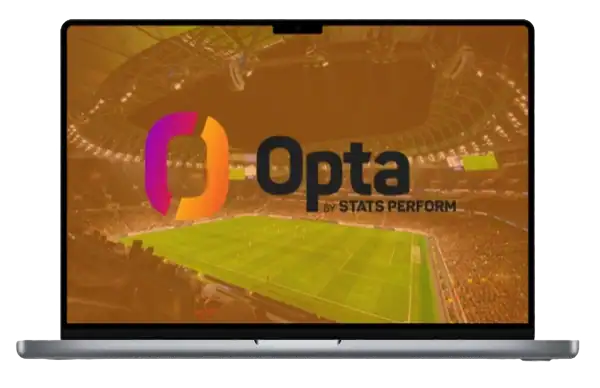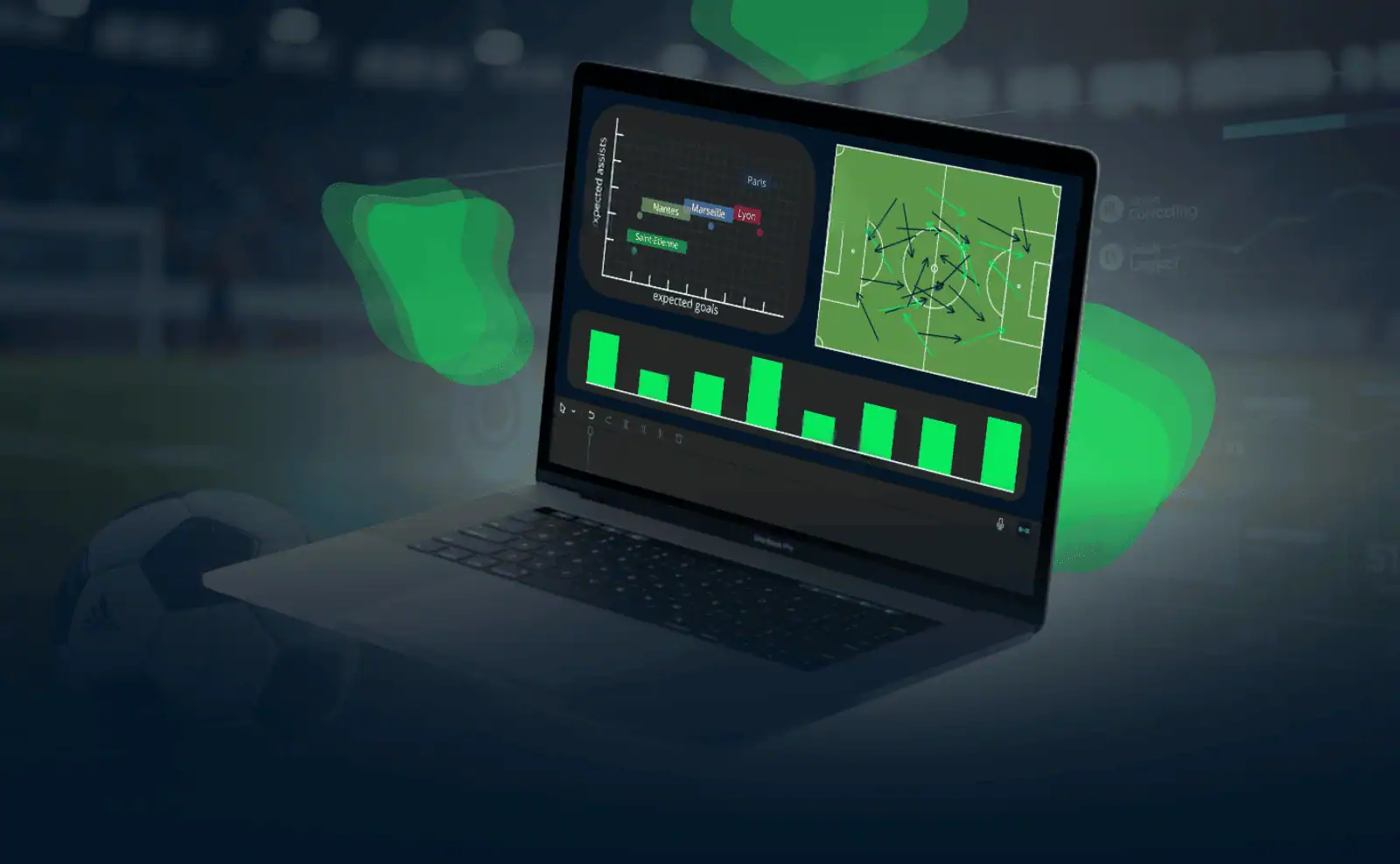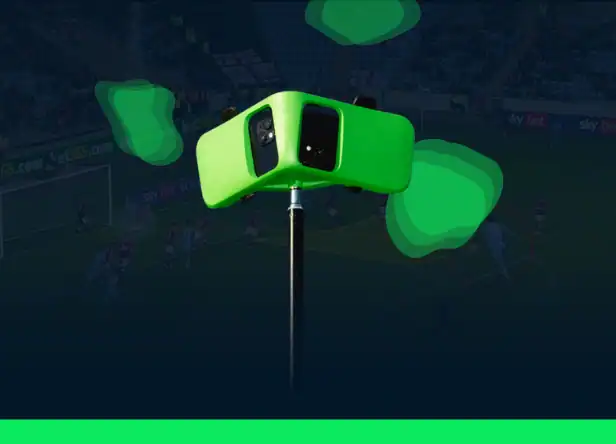The development of soccer analysis has changed how professional teams approach player recruitment, tactical preparation, and performance analysis. From classic observation-based assessment to complex data-driven insights, the contemporary game increasingly depends on thorough databases that record every aspect of player and team performance.
Professional soccer operations depend on data analysis; therefore, teams are now spending a lot on research divisions headed by experts from physics, computational science, and artificial intelligence. Beyond just technical progress, this shift is a fundamental one in the way the sport grasps performance, recognises talent, and makes strategic decisions.
Discover the best soccer databases to analyze player and team performance: StatsBomb, Wyscout, Opta Analyst, and more.
Soccer Analytics: How Do Soccer Data Analysts Use These Databases?
Modern soccer analysis comprises many data categories that thoroughly understand game performance. Basic data, such as results, lineups, and goal scorers, are included in match sheet data; event data records every on-ball activity during games through thorough manual recording from video footage. Data tracking is the most complex analysis because it offers positional information for every player and the ball across the game.
Professional analysts help coaching personnel, scouts, and recruitment teams in maximising both individual and team performance using these datasets. The applications range from performance analysis using key statistical metrics, tactical preparation via opponent analysis, scouting and recruiting utilising advanced metrics to find appropriate players, and injury prevention through workload monitoring throughout practices and games.
Here’s how soccer data is typically used:
- Performance analysis: Measuring individual and team output using key stats to identify strengths and areas to improve
- Tactical preparation: Analyzing opponent tactics and previous matches to refine game strategy
- Scouting & recruitment: Identifying players who meet a coach’s tactical and technical criteria using advanced metrics
- Injury prevention: Monitoring player workloads during training and games to reduce injury risk
Leading Soccer Database Platforms: Top 8 Soccer Databases
There are many platforms that include advanced metrics like xG (Expected Goals) or xA (Expected Assists). Among them, Wyscout, StatsBomb, and Opta Analyst are widely recognized as industry leaders—and many public soccer data sites actually use their stats as a foundation.
Let’s dive into the most useful soccer databases available today.
1. StatsBomb
Recently bought by Hudl, StatsBomb has proven itself to be a top-notch data source for prestigious clubs and national teams all throughout. The platform provides in-depth statistical analysis, including advanced metrics such as Expected Goals (xG), Passes Per Defensive Action (PPDA), and passing statistics under pressure.

Key features:
- Defender location capturing on single shots utilising very granular data
- Advanced measurements spanning all phases of play
- Interactive visualisation tools including heatmaps and shot maps
- Study of play under defensive pressure
- Exportable and customizable datasets for thorough analysis
- Tools to compare player performance
- Statistical updates on a regular basis
- Historical data for chosen events going back as far as 2005
2. Wyscout
Part of the Hudl ecosystem as well, Wyscout brings sophisticated video analysis features along with an extensive worldwide database. Integrated video and statistical material offered on the platform helps analysts, coaches, scouts, and agents all throughout the soccer business.

Key features:
- Curated highlight clips next to full match videos
- Complex statistical profiles of teams and players
- Cutting-edge strategic breakdowns and analysis
- Advanced tools for comparing players
- Intuitive user interface creation
- Ongoing content modifications
3. Opta Analyst
Opta Analyst offers real-time data gathering and tactical trend analysis enabled by artificial intelligence models. For individual athletes as well as both teams, the platform helps the coaching staff with thorough performance analysis.

Key features:
- AI-driven predictive modelling capacities
- Complete player and team analytics solutions
- Interactive visual aids like shot charts and heatmaps
- For some events, historical database coverage reaches 1990.
- Available Analytical Tools
4. FBref
Through a free-access strategy, FBref provides thorough global soccer statistics, hence making sophisticated analysis accessible to both dedicated fans and expert analysts. The platform has advanced statistical studies across global competitions.
Key features:
- Huge global coverage
- Free statistical measure access
- Player and team assessment options
- Analysis of strategic trends and breakdowns
- Interactive data visualisation methods
- Thorough match reports include full statistics.
5. FootyStats
With emphasis on performance trends and patterns, FootyStats focuses on team and match-level analysis covering over 1,500 leagues. For knowledgeable fan engagement and professional analysis, the site is great at producing insightful content.
Key features:
- Broad league coverage
- Advanced team performance metrics
- Trend and goal analysis
- Interactive tables with smart filters
- User-friendly dashboard
- Regular updates
6. Sofascore
Serving both fans and professional analysts during game scenarios, Sofascore provides live match statistics with interactive visual capabilities. The platform gives real-time performance tracking and visual representation priority.
Key features:
- Real-time match data collection: live capabilities
- Dynamic visualisation including live performance charts and heatmaps
- Extensive league reporting
- Open free access to fundamental statistical data
- Specialised Analysis Instruments
7. MARKSTATS
MARKSTATS focuses on teams and players from Europe’s top five leagues and the UEFA Champions League. The platform is known for clean, interactive visuals and clear data breakdowns.
Key features:
- Special attributes include:Focus on expected assists (xA) and xG, modern metrics.
- Graphical narrative by way of heatmaps and charts
- Simple explanations of analytical ideas
- Free and accessible
- Updated regularly
8. Understat
Understat is specialized in xG-based metrics, offering deep analysis of attacking performance for teams and players in Europe’s top leagues.
Key features:
- Advanced xG analytics
- Focused on attacking efficiency
- Historical data since 2014
- Free to use
Comparison Table – Soccer Databases
| Database | Ease of Use | Extensive Data | Paid Access | Key Strengths |
|---|---|---|---|---|
| StatsBomb | Yes | Yes | Yes (some free) | Highly detailed metrics, professional-grade data |
| Wyscout | Yes | Yes | Yes | Full video + data platform, perfect for scouting |
| Opta Analyst | Yes | Yes | Yes | Predictive models + advanced analytics |
| FBref | Easy | Yes | No | Free advanced stats, great visualizations |
| FootyStats | Yes | Yes | No (premium tier) | Excellent for trends and team-level insights |
| Sofascore | Easy | Limited | No | Live data + real-time heatmaps |
| MARKSTATS | Yes | Moderate | No | Clean visuals, modern metrics |
| Understat | Yes | Moderate | No | Strong focus on attacking metrics and xG |
Professional Implementation and Usage
Rather than replacing current assessment methods, contemporary soccer analysis calls for organised integration with conventional scouting techniques. Effective implementations compile thorough player and team evaluations by integrating video analysis, conventional scouting notes, and statistical data.
Important intermediaries are professional data analysts who use cutting-edge technologies to collect data, handle huge datasets, and present interpreted insights to coaching personnel. Integrating internal data gathering with external provider information, this function includes match day analysis as well as training session monitoring.
Offering operational definitions and video examples for thorough game analysis, the FIFA Soccer Language constitutes a major standardising effort. Both on-ball activities and off-ball motions may be examined using this framework, therefore enabling longitudinal study of game development and developmental evaluation from small to senior levels.
The Evolution of Soccer Data Analysis: Final Thoughts
With fresh technologies pushing the borders of quantifiable performance measures, the soccer analytics landscape keeps changing quickly. Beyond conventional video-based analysis, advanced sensor technology and shifting media coverage have transformed performance assessment.
Modern methods let computations of sophisticated measures of individual achievement within tactical systems, as well as team interactions, be done. Many more recent performance measures still present a continuous difficulty in their scientific verification and need of thorough investigation.
The combination of match analysis with big data techniques opens up fresh opportunities for performance improvement and training practice optimisation. With conventional analytical techniques, this technical innovation offers hitherto unheard-of understanding of player development and tactical efficiency.
Soccer success increasingly depends on the seamless integration of data analytics with traditional soccer knowledge, creating a comprehensive approach that enhances rather than replaces human expertise in the beautiful game.
While these eight platforms are among the most popular, the soccer data landscape is constantly evolving. New technologies continue to push the limits of what can be measured and understood.
By combining traditional stats with advanced metrics, analysts, coaches, and scouts can make smarter decisions and gain deeper insight into the game.





